Water-cooled sensors are used for measuring high power lasers.
Here’s a short guide on selecting the right chiller.
Three things define the chiller performance (and sensor cooling requirements):
- Water flow rate
- Water temperature
- Pressure
I’ll explain each, but first, here’s a table of the requirements for each water-cooled sensor:
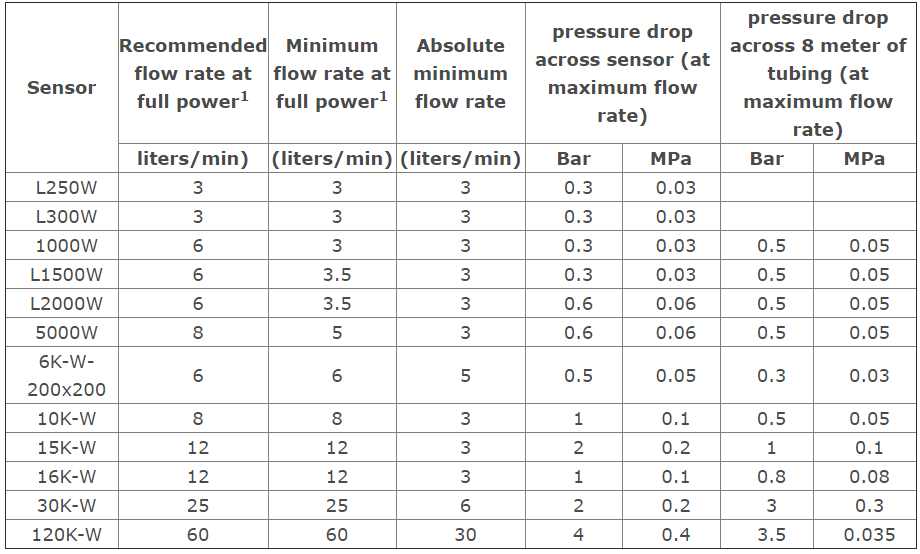
Flow Rate
Flow rate is important to keep infusing the sensor with new, cold water. You can find the minimum flow rate in the sensor specifications, or in the table above.
Some things to take into account:
- Using lower flow rates – The flow rate mentioned is for maximum power. Usually sensors can be used at lower powers with lower flow rates, proportionally – down to 20% of the spec. So for example the 10K-W needs 10 liters per minute at maximum power, but it could be used at 4 L/min for up to 4 kW. However, it shouldn’t be used under 2 L/min, even for measuring 1 kW.
- Stability – The chiller should be turned on at least 1 minute before the measurement for best stability. Also, sudden changes in flow rate can affect the sensor accuracy.
Water Temperature
Temperature is another important factor. Here are a couple of pointers:
- Temperature range – Chiller water temperature should be kept within 18-30° C, unless specified otherwise in the spec. It can be colder as long as this doesn’t result in condensation on the sensor. (And if it’s colder, you might see an offset based on a temperature difference between the sensor and the room, in which case you can remove the offset using your meter or software interface.)
- Temperature changes – It’s very important that the water temperature is very steady. If it changes faster than 1° C per minute, this will affect the accuracy of the sensor.
Water Pressure
The last thing to take into account is the pressure drop across the sensor. This can also be found in the table above. The figures above represent the pressure drop across the sensor. The total pressure on the sensor should not exceed 3 bar (except for the 120K-W sensor).
Follow these guidelines and you can rest assured your sensor is kept cool at all times.
Flickr creative commons image via Don Richards


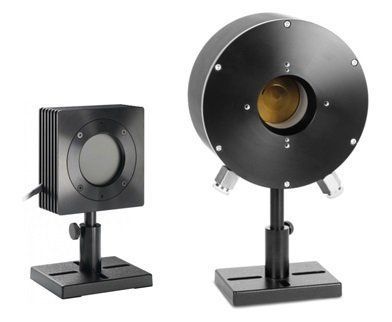
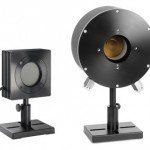


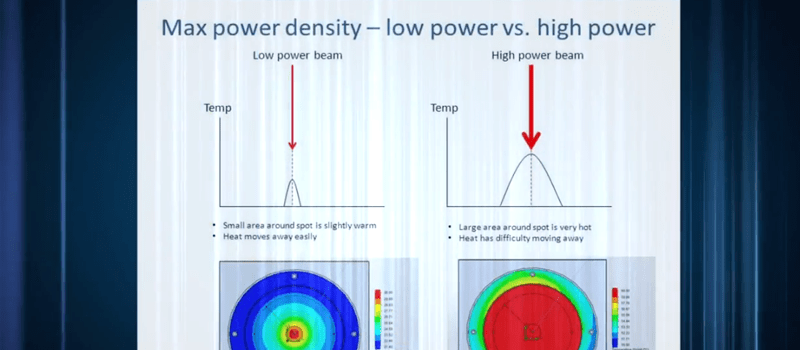
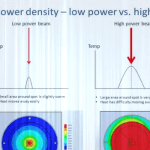
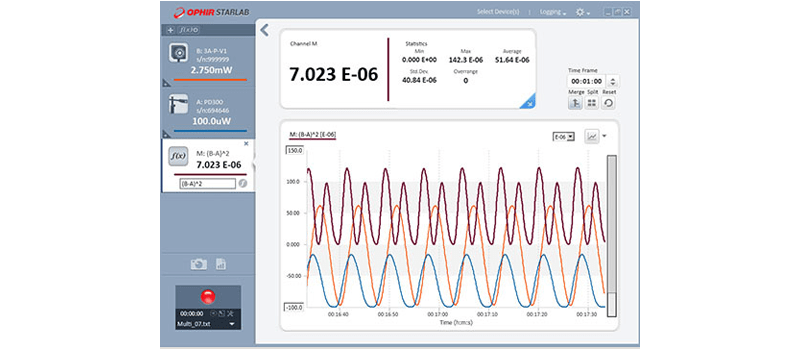
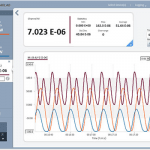

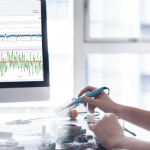
Leave a Reply
Your email address will not be published. Required fields are marked *